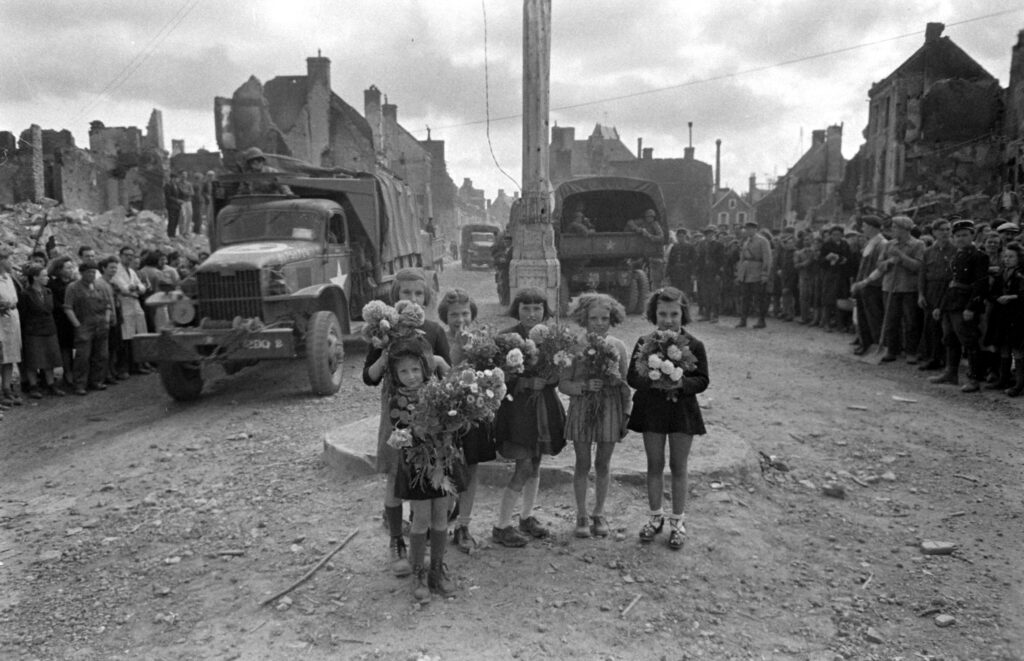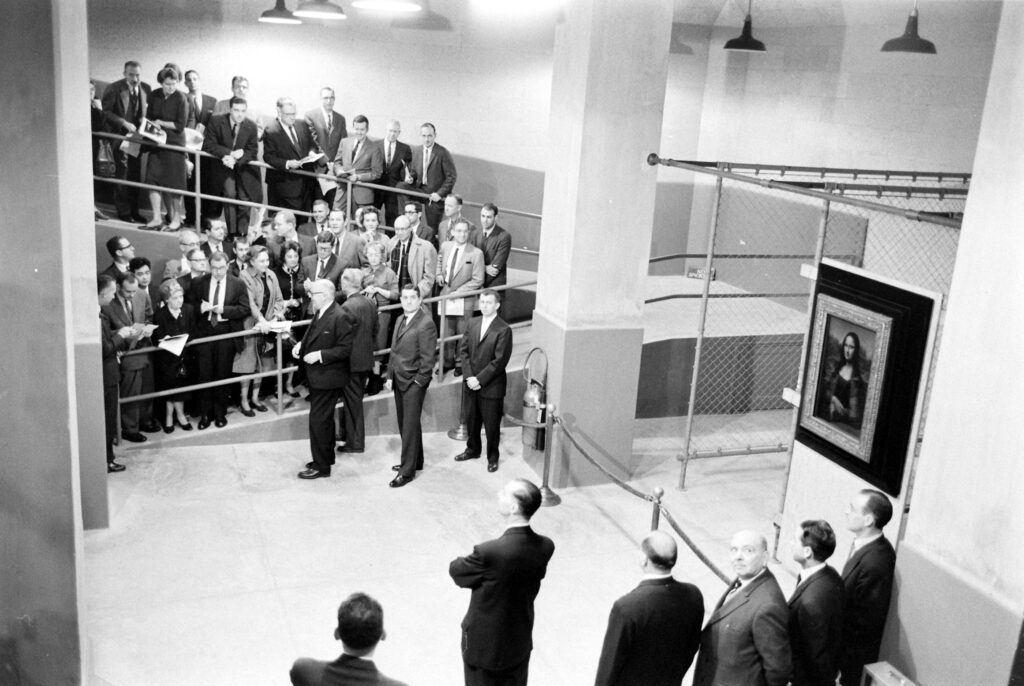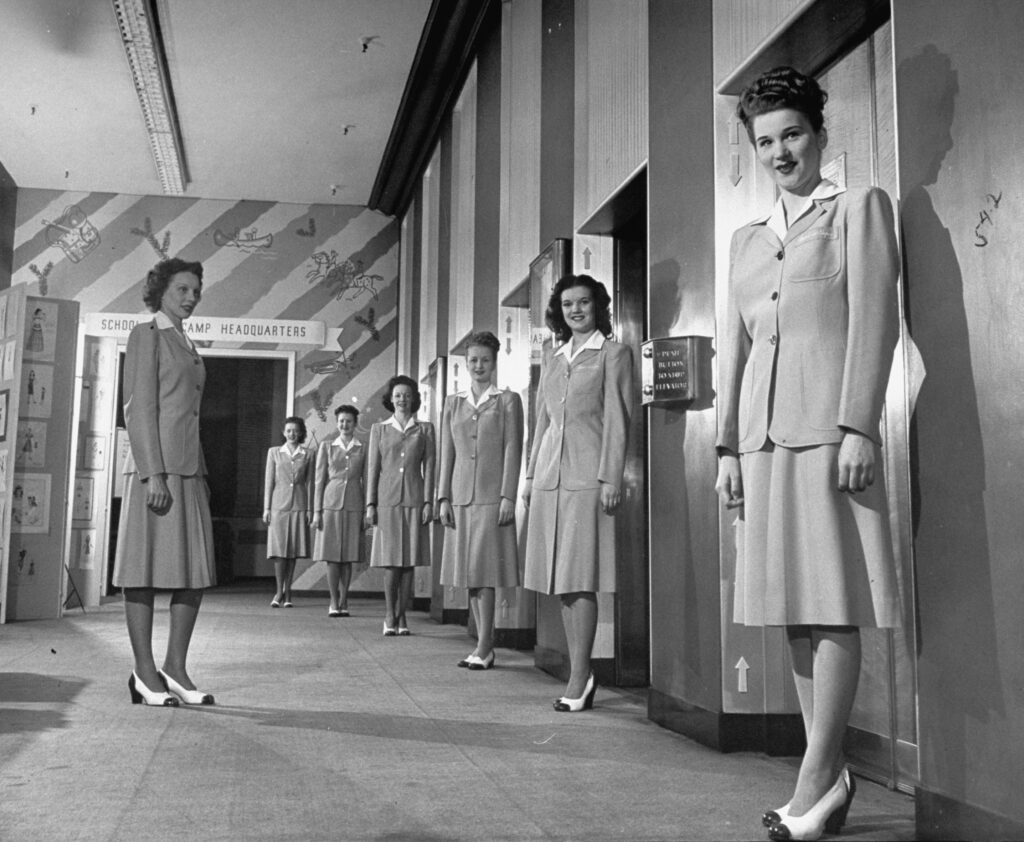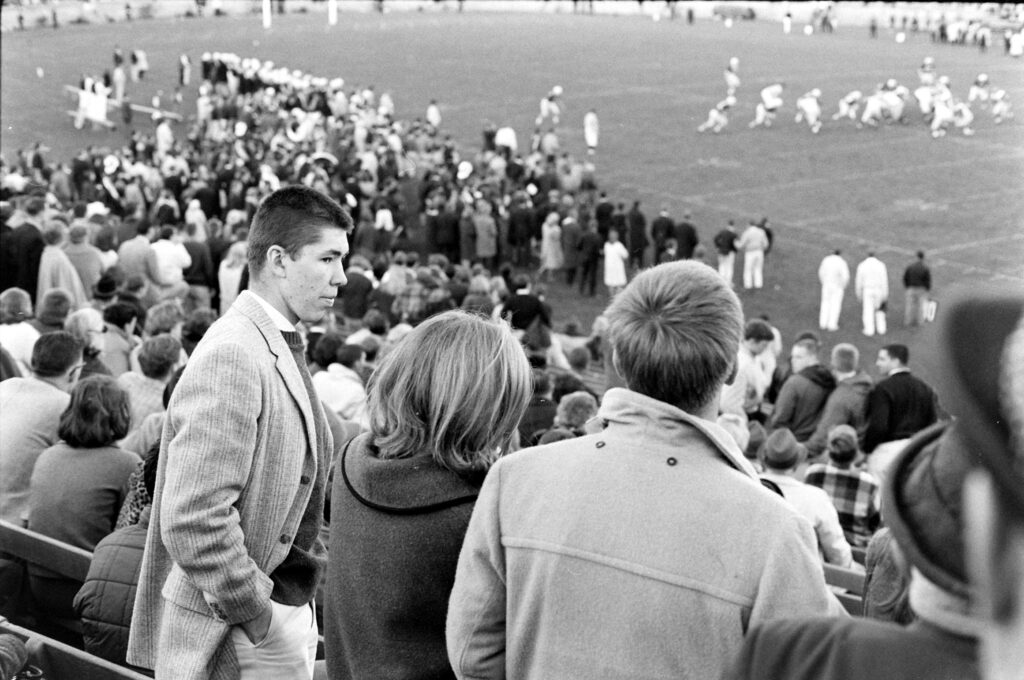Written By: Bill Syken
In the early part of the 20th century, Ontario developed an innovative approach for bringing education to the children of the miners and trappers who worked in its remote northern regions. Train cars were converted to school houses and hauled from community to community, stopping for a week at a time to deliver a dose of eduction, before moving onto the next stop on its circuit. The school train would go back and forth, hitting each stop five or six times in a school year. The “schools on wheels,” as they were called—there were seven of them—operated from 1926 to 1967.
One interesting proviso in this set-up: the teacher and his family lived on the rail car for the entire school year.
In 1954 LIFE photographer Cornell Capa documented life and learning on one of these trains as it stopped in the remote mining community of Thor Lake. The star of LIFE’s story was Fred Sloman, who taught on his school on wheels for 39 years, and who also lived on the rail car with his wife and five children. The front half of the car was a classroom, and for years the 28-foot-long back section served as living quarters for seven people. The rail car was nine feet wide and had no running water.
The cramped conditions might sound like an awful way to live for the teacher and his family, but it was actually pretty great, according to Fredda Sloman, the daughter of Fred, who appeared in the LIFE story as a fifteen-year-old. Now 83, she speaks of those years as if they were a kind of paradise.
Fredda—who goes by Toby, a nickname she picked up in college—now lives in Clinton, Ontario, where the Slomans would spend their summers when school was out. Her home is on the old family property, and she also lives not far from the old rail car in which she spent most of her youth. The town of Clinton rescued the car from the scrap heap and turned into a museum, placed it in Sloman Park, which is named for her father.
Toby says that spending her youth living in such close quarters, with five kids stacked in bunk beds (though the oldest three had moved on when LIFE visited) and her parents on a fold-out sofa, seemed normal, because that was all she knew. So did the ritual of heading out to the nearest river the moment they arrived in a new town to fetch water and haul it back home. Or eating off a dining room table that was raised and lowered from its place in the wall like a Murphy bed.
“That was my life, it didn’t seem strange or odd to me,” she says now.
For her, the best part for growing up in a School on Wheels was the afternoons. When the school day was done, the other students would rush home to do their chores, so Toby would go off on her own and roam the wilderness of the Canadian north. A shy girl, she loved spending her free hours wandering in the bush, studying animal tracks in winter and collecting wildflowers when the weather was warm.
“It was a perfect childhood,” she says, adding the caveat: “Though I don’t know any other kid that would have thought it was the perfect childhood.”
The visit by Cornell Capa ended up changing the course of Toby’s life. She had minimal interaction with the LIFE photographer, which she chalks up to her shyness and also to the conventions of the era, which dictated that children did not participate in adult conversations. But she noticed Capa’s thoroughness and invention, and it gave her an idea of what she wanted to do with her life. Through much of her youth she had hoped to be a veterinarian, until she learned that she wouldn’t have been eligible for a spot in veterinary school in Canada because she hadn’t grown up on a farm or ranch. Then Capa came along to give her direction by example. When she was done with high school, she attended Ryerson Institute of Technology (now known as Ryerson University) in Toronto to study photography. After graduation she worked for 20 years as a photographer and reporter at community newspapers in Canada.
She imagines Capa would have been stunned to learn he had such an influence on the shy girl on the train, but says “for as long as I worked as a professional photographer, whenever I took a photo I liked, I would say `Thank you, Cornell.”
The other children of Fred and Cela Sloman had varied and interesting careers. One traveled the globe as a professional nanny, another worked as a statistician. Toby’s twin brother Bill, after serving in the Army, became a miner, trucker, installer of siding and, as his 2006 obituary noted, a fan of casual clothing. Her sister Elizabeth became a pediatrician and her achievements gained her a public profile. After working for a stint in Kenya with her husband, a fellow pediatrician, she helped lead the campaign against Nestle for promoting infant formula over breastfeeding, and in 1981 she became the first female president of the Medical Council of Canada.
Toby is now working on a memoir of her youth with her friend and author Bonnie Sitter. Having raised three sons herself, Toby is amazed at how her mother was able to care for five children in the back of a train car, and especially a set of twins. “That was before the days of Pampers,” Toby says. “Can you imagine raising twin babies without running water?”
Her father, she says, was a generous and warm-hearted man who had a gift for connecting with students. The school had fewer than a dozen students per stop, and he would only see them once every five weeks as the train traveled its circuit. Toby says that her father aimed for a “five-minute miracle.” He would spend five minutes with a child, find out what they were interested in, and then set them to learning about that. “He had the magic touch,” says Toby.
Though it wasn’t part of the job, her father would also teach the students’ parents, many of whom were Italian immigrants who had come to Canada to escape their war-torn country and wanted to learn English.
Toby says her favorite photo in the LIFE collection was one of her father projecting a film inside the train, because it recalls a story which demonstrates how dedicated he was to the communities he served.
Many of the Italian immigrant workers in northern Ontario were isolated and homesick. So Fred Sloman wrote to Kodak in 1930, explaining the plight of these workers, and asked if someone from the company could possibly make films of these workers’ hometowns—small villages of Prossedi, Supino and Pisterzo, located south of Rome. Sloman also provided Kodak with some family names. Kodak happened to have an employee passing through that area of Italy and shot movies for Sloman, in some cases finding actual relatives of the homesick Ontario workers. In the movies these relatives back home in Italy looked in the camera and raised glasses of wine to toast their family members in Canada. The immigrant workers wept as Sloman projected the footage on the inside of his rail car.
With moments like that, it’s easy to understand how a nine-foot-wide train parked in the icy north could feel like a place of enlightenment.

Fred Sloman instructed students in a railcar schoolhouse in rural Ontario, 1954.
Cornell Capa/The LIFE Picture Collection © Meredith Corporation

Toby and Bill Sloman at work on the mobile schoolhouse where their father taught.
Cornell Capa/The LIFE Picture Collection © Meredith Corporation

Fred Sloman taught in a railcar in rural Ontario, 1964.
Cornell Capa/The LIFE Picture Collection © Meredith Corporation

Students in a railcar that served as a mobile school, 1954.
Cornell Capa/The LIFE Picture Collection © Meredith Corporation

Fred Sloman taught in a railcar that served as a mobile school in rural Ontario, 1954.
Cornell Capa/The LIFE Picture Collection © Meredith Corporation

Fred Sloman supervised students as they worked on their math lessons, 1954.
Cornell Capa/The LIFE Picture Collection © Meredith Corporation

A five-year-old student put out a fire in a model of a county store built by Sloman to illustrate how a water tank operates, 1954.
Cornell Capa/The LIFE Picture Collection © Meredith Corporation

A six-year-old student played with building blocks, building a pigpen, in the school railroad car, 1954.
Cornell Capa/The LIFE Picture Collection © Meredith Corporation

Teacher Fred Sloman with students in a railcar that served as a mobile school, 1954.
Cornell Capa/The LIFE Picture Collection © Meredith Corporation

A student snowshoed three quarters of a mile along the railroad tracks to go home to lunch after morning classes on the school train, 1954.
Cornell Capa/The LIFE Picture Collection © Meredith Corporation

Children played outside the rail car during a school lunch break, 1954.
Cornell Capa/The LIFE Picture Collection © Meredith Corporation

A train passed by the school train, which would remain at a location for a week at a time before being hitched and hauled to its next stop.
Cornell Capa/The LIFE Picture Collection © Meredith Corporation

The Slomans and local parents played Crokinole, a tabletop variation of shuffleboard in which the object is to knock the opponents’ checkers out of a circle, 1954.
Cornell Capa/The LIFE Picture Collection © Meredith Corporation

Fred Sloman’s teaching materials in his school on wheels, 1954.
Cornell Capa/The LIFE Picture Collection © Meredith Corporation

Fred Sloman and his wife, Cela in the living quarters of the school train.
.Cornell Capa/The LIFE Picture Collection © Meredith Corporation

The home of one of Sloman’s railcar students, rural Ontario, 1954.
Cornell Capa/The LIFE Picture Collection © Meredith Corporation

Fred Sloman showed films to students and their families, 1954.
Cornell Capa/The LIFE Picture Collection © Meredith Corporation

The Slomans’ dining table would be pulled down for meals and then folded into the wall at night so the Slomans could open their foldout sofa for sleeping.
Cornell Capa/The LIFE Picture Collection © Meredith Corporation

The challenge of doing laundry was that clothes would freeze on the line, and then still be damp when they were brought in and thawed.
Cornell Capa/The LIFE Picture Collection © Meredith Corporation

The Slomans, with Fredda a k a Toby at left and her twin brother Bill at the right.
Cornell Capa/The LIFE Picture Collection © Meredith Corporation

The Sloman’s dog, Sandy, snuggled by Toby’s feet during the school day, 1954.
Cornell Capa/The LIFE Picture Collection © Meredith Corporation

Fredda a k a Toby and twin brother Bill with their pet skunk, and bunk beds in the background, 1954.
Cornell Capa/The LIFE Picture Collection © Meredith Corporation

The train did include a bathroom with a tub, though water had to be brought in from outside due to a lack of running water.
Cornell Capa/The LIFE Picture Collection © Meredith Corporation

Fifteen-year-old Fredda Sloman, a k a Toby, fed her pet dog and pet skunk; she and her brother had rescued the skunk from the wild as a baby and had it de-scented.
Cornell Capa/The LIFE Picture Collection © Meredith Corporation

Toby Sloman Rainey in 2021, posing with the story about the school on wheels in the March 8, 1954 issue of LIFE.
Courtesy Bonnie Sitter

































